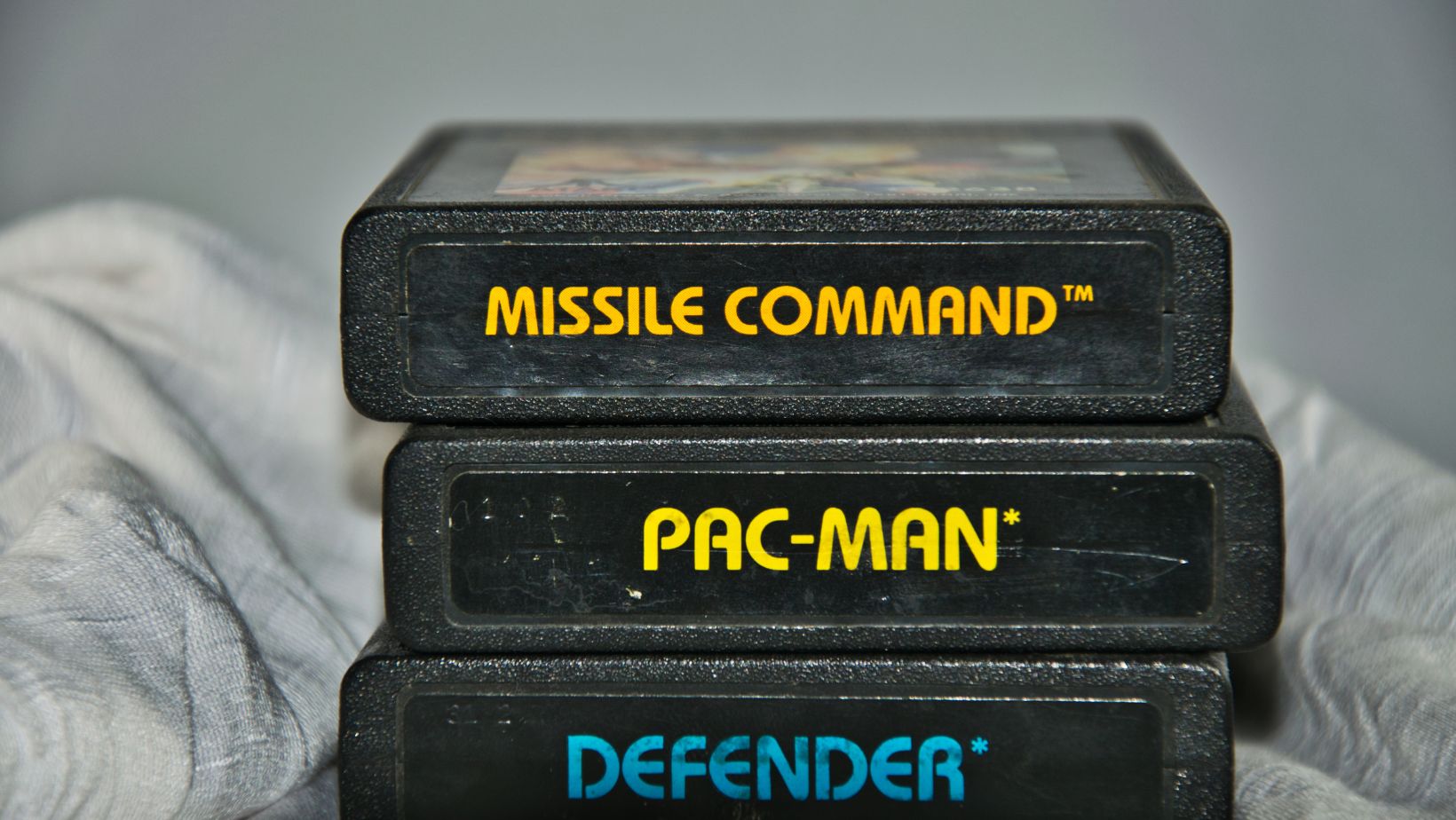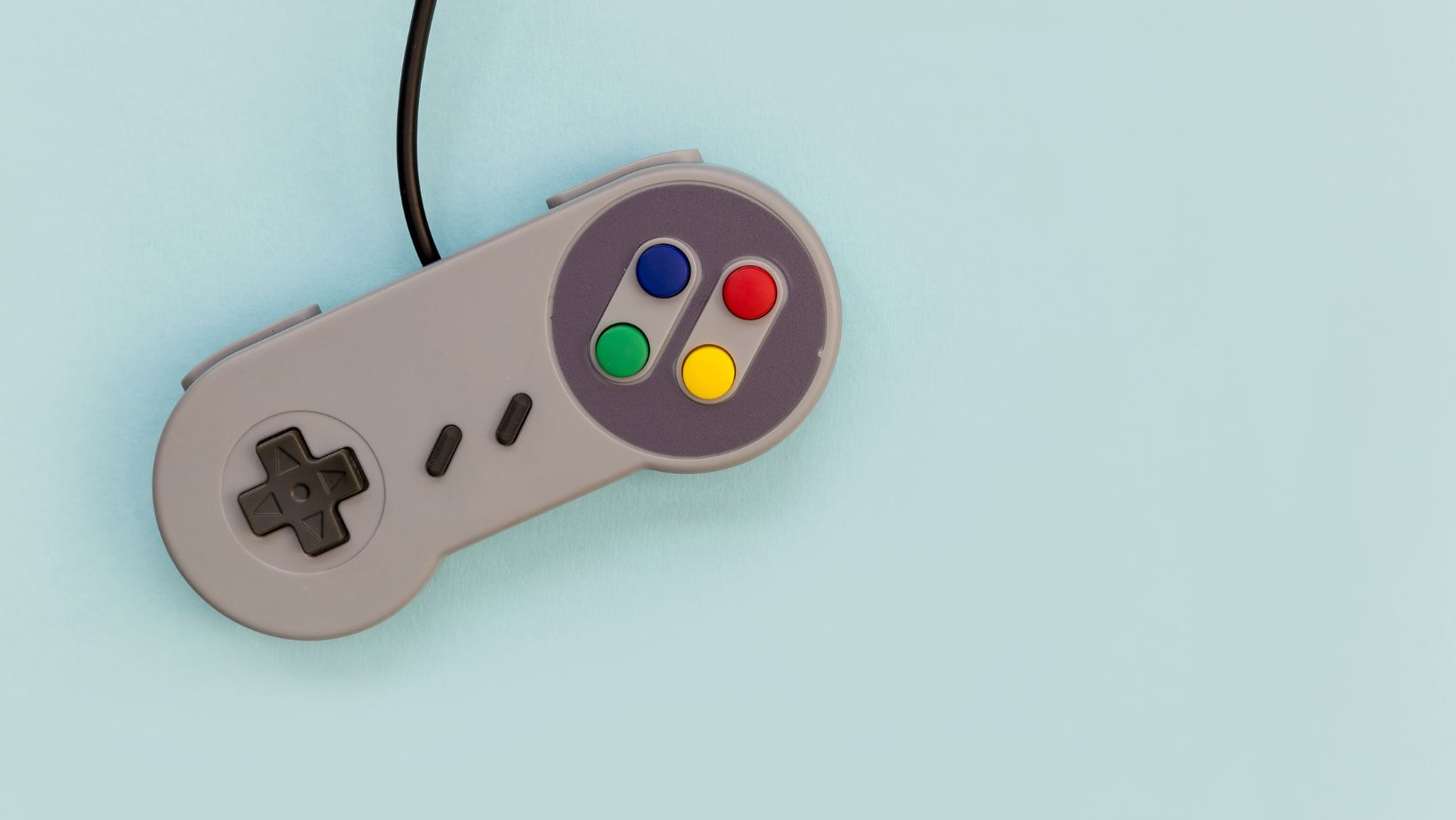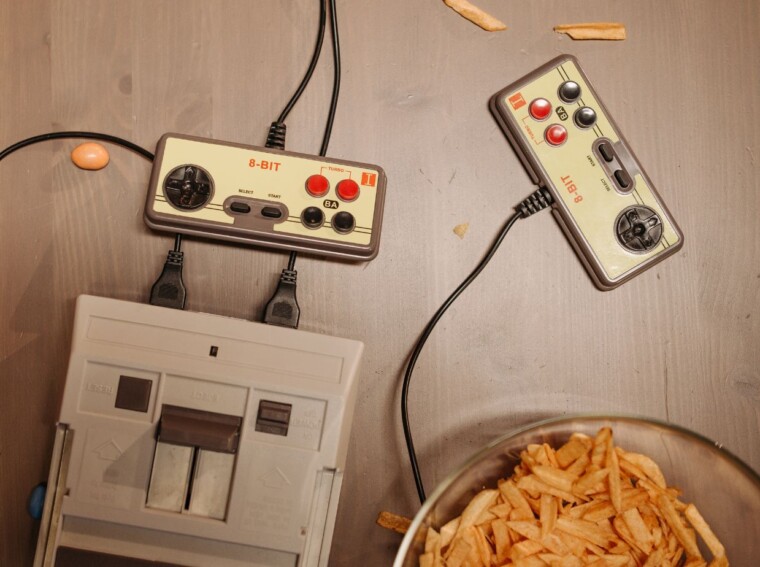If creativity and innovation are key to the successful evolution of the gaming world, should we be concerned that ever more game producers are relying on old models to succeed? After all, some of the most popular games, from Call of Duty and Grand Theft Auto to The Sims, are built on dynasties stretching back decades, while other slightly newer hits such as Minecraft have a decidedly retro feel. Why is this, and does it signal a dearth of creativity in the gaming sector, or just a natural stage in its evolution?
Nothing Better Than a Sure Thing
In gaming, retro is in. In some cases, people are all too happy to play a “pure” version of the old games. For this, there is no need to dig up the old console or Game Boy to see if it’s still working – a quick Google search for Tetris or Pong will be enough to identify an easy-access version of the original, often free of charge. Often, however, people will be looking for a new twist on the old classic, and video game producers are only too happy to oblige.
There are economic reasons for this. Knowing that you have a market reduces the risk dramatically.

Looking Back
Of course, retro games rely heavily on people’s nostalgia for their past joys – one of the reasons that Mario Kart, for example, is still going strong, is that it reminds so many people of playing it in their childhood or student bedrooms back in the day. Another big attraction that cannot be discounted, however, is that many retro games provide the opportunity to take a break from the more intricate and sophisticated options available to indulge in some classic, simplified gameplay.
This dual desire for reminders of our youth and straightforward gameplay is also driving choices beyond the main gaming market. Online casinos, for example, have tapped into the same market, offering themed games that attract nostalgia-driven players who recall the casino games of the past such as Vegas States, the SNES and Game Boy classic.

As said on Trustnplay.com, the guide for casino players, simple, well-regulated play is not only the safest and easiest to negotiate, it is also often the most enjoyable, while classic casino games such as blackjack and slot machines are also enjoying a boom.
A Winning Combination
Yet a move towards retro should not mean that there is no room for innovation. Instead, when it comes to new versions of past games, it makes more sense to see it as riffing on an old classic. In the best retro-style games, just as musicians do with the songs of the past – it should feel like a new artist adding their own touch of magic to a tried-and-tested formula.
There can also be real value for both game designers and the people who play the finished product. The former, because they can take the best of the older games – the features that even after a period of 30 or even 50 years remain compelling, and combine them with the best of the technology and knowledge developed in the meantime.
The gamers themselves, on the other hand, can either enjoy the gaming pleasures of their youth – or, for the younger generation, take the chance to delve into the history of gaming – or simply sit back and savor the joy of games so good that we are still playing them decades down the line. To paraphrase the old saying, if it ain’t broke, don’t fix it, just amp it up!


